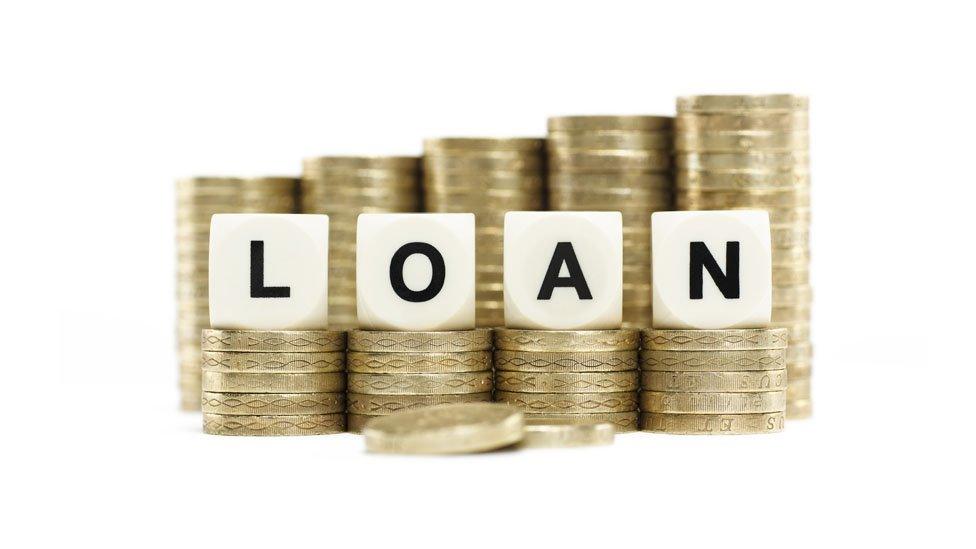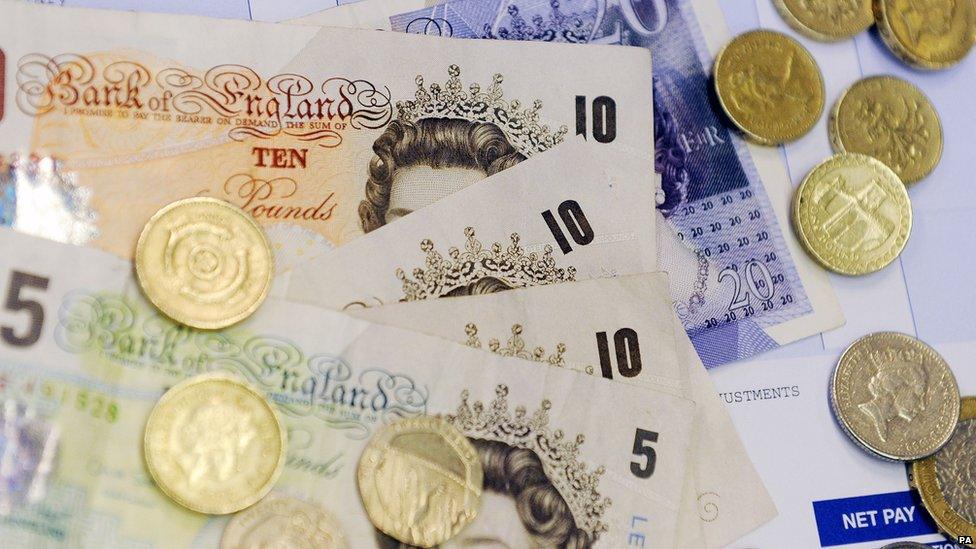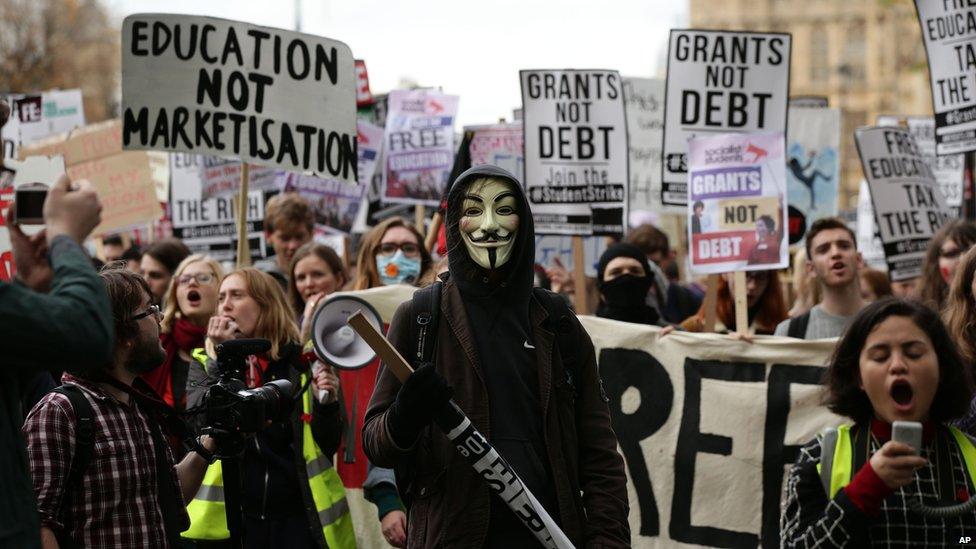Spending Review: Student loan repayments explained
- Published

The government is planning to change the way you pay back your student loan.
It means if you took out a loan after 2012 you could end up paying back a bigger chunk of your wages than you originally expected.
In the past, you only started repaying your loan when you started to earn above a certain amount. This sum increased in line with average earnings.
Now the government is freezing the point you start repaying at £21,000.
Campaigners say this will hit lower-paid graduates, because they will be paying a larger percentage of their monthly income.
Sorana Vieru, vice president for higher education at the National Union of Students (NUS), calls it a "betrayal" of young people.
However the government is trying to reduce the amount of money the country owes and this is one of many measures to try to do this.

Sorana Vieru, from the NUS, says poorer students will be hardest hit
"Freezing the repayment threshold won't just affect new students but those who started studying from 2012/13," she told Newsbeat.
"This is yet another betrayal by the government and part of a long list of political measures that shows complete disdain to students and their futures.
"It will have a real impact on the income of graduates, particularly the most disadvantaged and those on lower earnings."
The change was announced in the Spending Review and Autumn Statement 2015. , external

The chancellor didn't mention it in his speech, but if you read the whole statement you can see it says: "Repayment threshold - The government will freeze the student loan repayment threshold for Plan 2 graduates for 5 years from April 2016."
How it will work
The NUS says that if you got a loan after 2012 you would have expected to pay back 9% of everything you earn above £21,000 per year - until you have paid back the loan.
That £21,000 figure was meant to increase at the same rate as average earnings - which would have held off the pay-back date for many.
However the government has now frozen that figure.
This means that as average salaries rise, more people will be paying back loans sooner.

Students take part in a protest calling for the abolition of tuition fees and an end to student debt
The NUS gives this example: "If you earn £25,000 and the threshold is £23,000, you repay £180 a year. If the threshold is frozen at £21,000, you pay £360 a year."
Campaigner Martin Lewis has been involved in the consultation process on this issue - but today he's angry.
He is not happy with the announcement, as this tweet shows. , external
The measure is part of the government's plans to balance the books.
Newsbeat asked the Treasury for a response but we were told it doesn't respond to specifics on the day of a Spending Review.
Previously however the government consulted on this issue and a spokesman for the Department for Business, Innovation and Skills said: "We want our world-class higher education system to remain financially sustainable."
Today we were told that this change would affect around 190,000 people by 2020.
Universities in England and Wales can currently charge students up to £9,000 in fees per year.
Students who do a three-year course outside London might expect to graduate with around £35,000-£40,000 in loan debt.
For more stories like this one you can now download the BBC Newsbeat app straight to your device. For iOS go here, external. For Android go here, external.